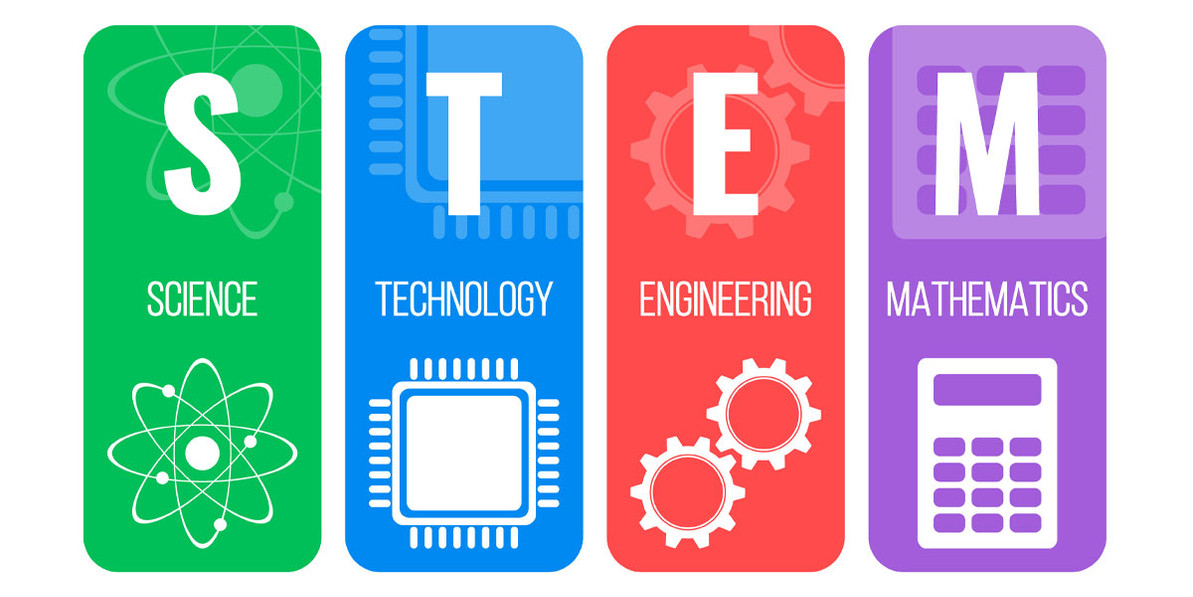The Essential Role of STEM Education in Today's Classrooms
As we navigate the ever-evolving landscape of education, one aspect that continues to take center stage is STEM: Science, Technology, Engineering, and Mathematics. It's clear that fostering a robust STEM curriculum is no longer just an option; it's a necessity for preparing our students for the future. But why is STEM so crucial, and how can it impact your teaching strategies? Let's explore the significance of STEM concepts and how they can transform learning experiences in your classrooms.
Empower students to think bigger
At the heart of STEM education is the goal to empower students with the skills and knowledge to succeed in the 21st century. This isn't just about producing scientists and engineers; it's about equipping every student with a way of thinking that combines creativity, critical analysis, and problem-solving. Whether it's understanding the science behind climate change, the technology driving the latest apps, the engineering principles in building sustainable cities, or the mathematics underpinning digital encryption, STEM subjects are integral to navigating the modern world.
For teachers, integrating STEM into their classrooms means more than just teaching these subjects in isolation. It's about creating an interdisciplinary approach that mirrors the interconnectedness of the real world. This could involve project-based learning initiatives that resonate with their passions and interests. For instance, you could purchase and distribute wholesale earbuds in bulk to students for use as a blueprint for earbuds of their own product design —integrating principles of sound technology, product design, and even aspects of marketing and economics. Such projects not only bring STEM concepts to life but also illustrate their relevance, encouraging students to see the value in their learning.
Foster a lifelong love of learning
The importance of STEM extends beyond individual student achievement. It's about preparing a generation capable of tackling the grand challenges of tomorrow. As educators, you have the unique opportunity to inspire curiosity, innovation, and a love for learning that will serve students long after they leave your classroom. Whether it's through coding exercises that teach logical thinking, engineering projects that foster teamwork and creativity, or science experiments that demonstrate the scientific method in action, you're laying the foundation for a lifetime of learning.
Make STEM accessible to all
Moreover, STEM education is a key driver of equity and inclusion. By providing all students with access to high-quality STEM learning experiences, you're helping to bridge the gap for underrepresented groups in STEM fields. This means actively combating stereotypes and encouraging every student to see themselves as capable of excelling in STEM. Remember, diversity in STEM leads to more creative, innovative, and comprehensive solutions to the world's problems.
However, embracing STEM in the classroom doesn't come without its challenges. It requires resources, ongoing professional development, and a shift in teaching methodologies. Yet, the benefits far outweigh the hurdles. By incorporating STEM, you're not only teaching students about science and math; you're teaching them how to learn, question, and apply knowledge in meaningful ways. It's about creating a learning environment that fosters inquiry, encourages mistakes as learning opportunities, and cultivates a culture of perseverance and resilience.
Give students the tools to explore by teaching them STEM principles
The role of STEM education in today's classrooms cannot be overstated. It's about preparing students for jobs that don't yet exist, solving problems we're not yet aware of, and inventing technologies we can't currently imagine. As educators, your commitment to STEM teaching is an investment in the future—a future where every student has the tools they need to thrive in an increasingly complex world.
As you plan your lessons, consider the endless possibilities that STEM education offers. Whether it's through simple classroom activities or elaborate projects like designing wholesale earbuds in bulk, you have the power to ignite a passion for STEM in your students. Remember, the future of STEM starts in your classroom, and the impact of your teaching will resonate for years to come.
Recent Posts
-
NEWS: Encore Data Products Unveils Revolutionary QOMO 4K Portable Doc Camera, Elevating Educational and Business Presentations
Encore Data Products is thrilled to introduce the QOMO 4K Portable Doc Cam ScannerCam 5, a r …Apr 15, 2024 -
Elevating Classroom Learning: The Safety and Innovation of AVID Products
In the ever-evolving landscape of K-12 education, the integration of technology into teaching and …Apr 15, 2024 -
Missing the AVID AE-42? AVID’s AE-36 Headphones are Here to Stay
If you recently have been searching for new AVID AE-42 headphones to replace your old class set, …Apr 01, 2024




